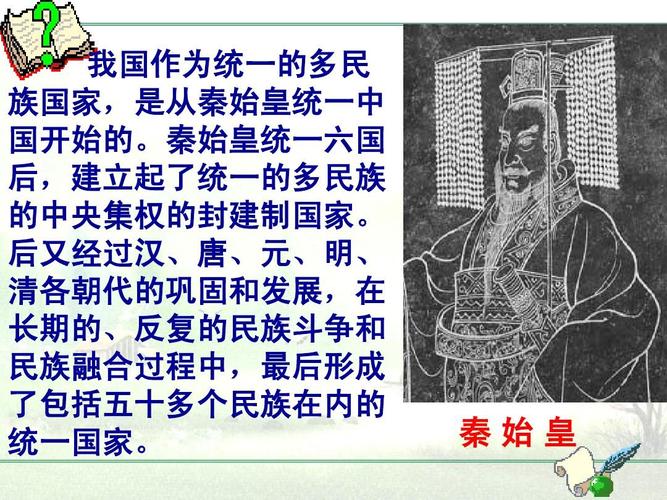
Who Was China's First Emperor? Discover the Story of Qin Shi Huang
The Early Life of Qin Shi Huang
Qin Shi Huang, originally named Ying Zheng, was born on February 18, 259 BC, during the Warring States period. This period was marked by intense conflict between seven states vying for control of China: Qin, Zhao, Qi, Chu, Yan, Han, and Wei. Ying Zheng was born in the state of Zhao, where his father, a prince of Qin, was being held hostage.
Details about his early life are shrouded in mystery and conflicting accounts. Some historians suggest he endured a difficult childhood marked by hardship and political intrigue. At the age of 13, upon his father's ascension to the Qin throne, Ying Zheng returned to his homeland and became King of the Qin state. However, real power rested with Lü Buwei, his father's advisor, who acted as regent.
The Unification of China
King Zheng, guided by Lü Buwei's counsel and the military strategies of the brilliant general Li Xin, embarked on a series of strategic conquests. Over two decades, the Qin armies systematically conquered the other six states, culminating in the final victory over the Qi in 221 BC. This historic victory marked the end of the Warring States period and the birth of a unified China.
The Reign of Qin Shi Huang
Upon unification, King Zheng proclaimed himself Qin Shi Huangdi, meaning "First Emperor of Qin." This title, chosen for its grand and auspicious meaning, reflected his ambition to establish a dynasty that would last for a thousand generations. He implemented a series of sweeping reforms aimed at centralizing power and creating a unified Chinese empire.
Key reforms included:
- Standardization: Weights, measures, currency, and even the written script were standardized across the empire, facilitating trade, communication, and administrative control.
- Infrastructure: Qin Shi Huang initiated massive construction projects, including roads and canals, that improved communication and transportation across his vast realm. He also initiated the construction of the Great Wall, connecting existing fortifications to protect the northern borders from nomadic invaders.
- Legalism: He adopted Legalism as the official state philosophy, emphasizing strict laws, harsh punishments, and absolute obedience to the state. While this philosophy contributed to his success in unifying China, its ruthlessness also led to significant dissent.
The Terracotta Army and Qin Shi Huang's Legacy
Qin Shi Huang's reign was marked by significant accomplishments, but also by brutality and oppression. His quest for immortality led him to trust in alchemists and their promises of an elixir of life. He also commanded the construction of a magnificent mausoleum complex to accompany him in the afterlife.
Discovered in 1974 by farmers digging a well, the Terracotta Army is one of the most significant archaeological finds of the 20th century. This vast underground necropolis contains thousands of life-sized terracotta soldiers, horses, chariots, and weapons, each uniquely detailed and intended to protect the Emperor in the afterlife.
Qin Shi Huang died in 210 BC, likely due to mercury poisoning from the elixirs he consumed seeking eternal life. His death triggered a power struggle that ultimately led to the collapse of the Qin dynasty after only fifteen years.
Qin Shi Huang: A Controversial Legacy
Qin Shi Huang's legacy is complex and multifaceted. He is revered as the unifier of China, the architect of a centralized state that laid the foundation for two millennia of imperial rule. His standardization efforts had a lasting impact on Chinese culture and administration. However, he is also remembered for his ruthlessness, his suppression of dissent, and the heavy burden his ambitious projects placed on the populace.
Despite the controversies, Qin Shi Huang remains a pivotal figure in Chinese history, his reign a defining chapter in the story of a nation.
Questions and Answers
1. What is Qin Shi Huang best known for?
Qin Shi Huang is best known for unifying China and becoming its first emperor. He is also renowned for his ambitious projects like the Great Wall and the Terracotta Army.
2. How did Qin Shi Huang unify China?
Through strategic military conquests led by skilled generals like Li Xin, Qin Shi Huang conquered the six other warring states over two decades, finally unifying China in 221 BC.
3. What happened after Qin Shi Huang died?
His death led to a power struggle and eventually the collapse of the Qin dynasty after just fifteen years. However, the unified empire he established paved the way for subsequent dynasties and shaped Chinese history for centuries to come.
note: This return of all, without the author's permission, may not be reproduced